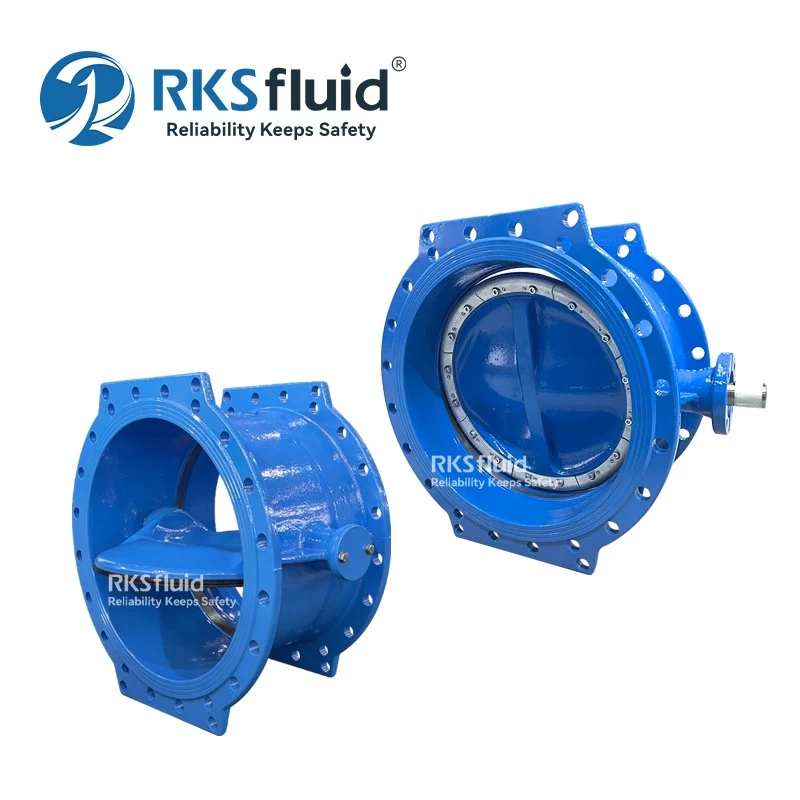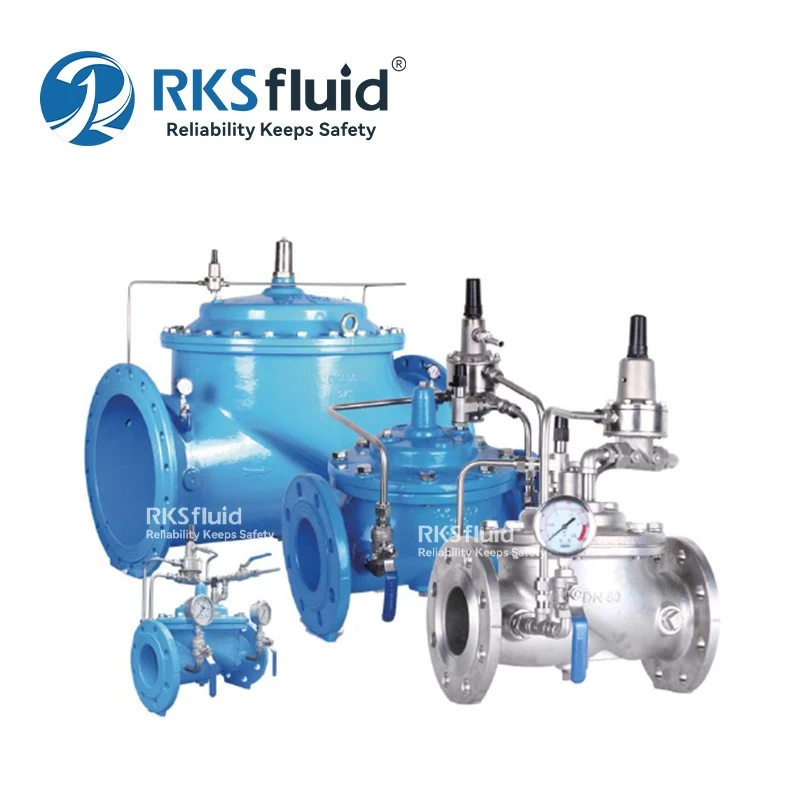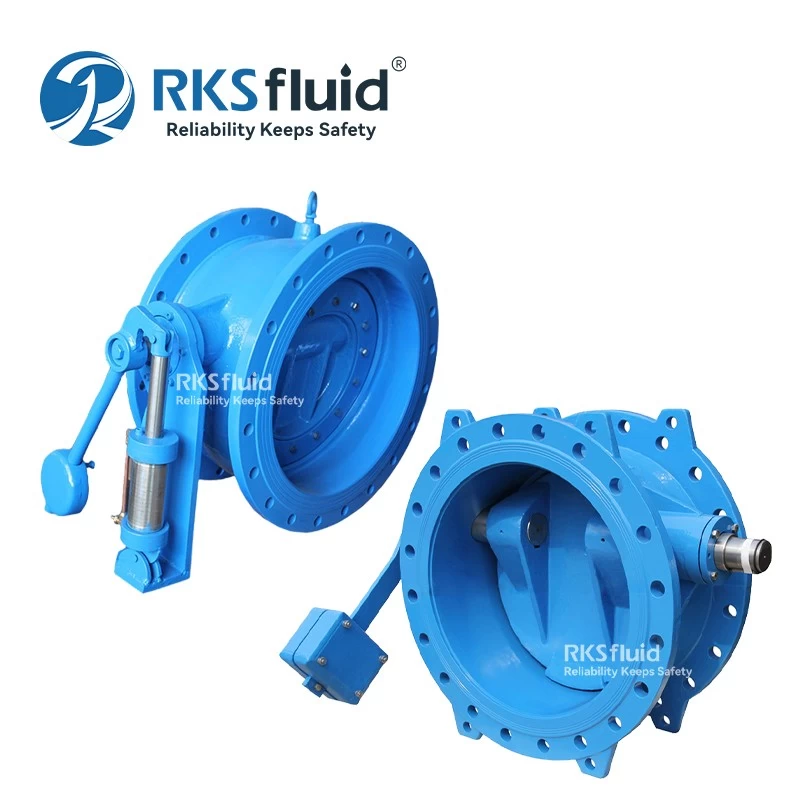- Main Product
- Contact Us
-
RKSfluid Flow Control Company
Web: www.rksfluid.com
Tel: +86 24 2318 0188
Fax: +86 24 2318 0788
Mail: info@rksfluid.com Contact Now
- Subscribe
-
Get email updates on new products
News
Actuators (3)
The electric actuator is the execution unit in the electric unit combined meter. It is powered by single-phase AC power supply, accepts unified standard DC signal, outputs corresponding angular displacement, manipulates mechanical mechanisms such as damper and baffle, and can be equipped with various electric operators to complete the adjustment system "manual--automatic". The undisturbed switching and the remote manual operation of the object to be adjusted, the electric actuator also has double protection of electrical limit and mechanical limit to complete the task of automatic adjustment. It is widely used in the regulation of water supply and damper baffle of electric power, metallurgy, petrochemical and boiler systems.
The structure of the electric actuator:
Structures of electric actuators Electric actuators generally consist of: servo motors, controllers, reducers, accessories four parts.
Motor:
A motor is a switching power supply that accepts the output of a servo amplifier or an electric operator, converting electrical energy into mechanical energy to drive actuator action.
Reducer:
There are manual parts, output shafts and mechanical limit blocks on the reducer. The reducer converts the high speed and small torque of the motor into low-speed, high-torque output power to drive the valve mechanism.
The control part accepts and outputs 4-20mA analog signals and digital signals to realize automatic control of the actuator, including servo amplifier and position transmitter. The newly developed intelligent technology can also realize the function setting and fault self-diagnosis of the actuator. , status alarms and logging, display and communication functions.
Location sender:
The position transmitter is composed of a power transformer, a differential transformer, a printed circuit board and the like. When the output shaft of the reducer moves, the cam rotates accordingly, which is an axial displacement of the iron core link of the differential transformer pressed on the inclined surface of the cam, and changes the axial displacement of the iron core in the iron core link of the differential transformer. Change the position of the iron core in the differential transformer coil, and convert the voltage at the corresponding position of the differential transformer output into a standard DC current signal (4~20mA).
Servo amplifier:
The adjustment principle of the PTFE amplifier is similar to that of a purely integral control valve. As long as the deviation between the command type and the valve position feedback model exceeds the range of the adjustment dead zone, the servo amplifier will always issue an open command or a close command.
It accepts the standard model (4-20mA) of the adjustment instrument and the feedback signal of the actuator. After comparison and amplification, the output 220V AC drive servo motor rotates forward and reverse, and continuously adjusts the valve position opening.
Electric actuator control method:
The electric actuator has three remote control modes: remote electric control, local electric control and local manual operation.
1.Manually in place
When the electric actuator needs to be manually operated on site, when the electric operator switch position is in the “manual” position, turn the motor end knob to the “manual” position, and pull out the handwheel or wave hand/automatic switch handle on the actuator. Manual operation can be achieved by shaking the handwheel. When not working locally, be sure to turn the electric end knob to the "automatic" position and advance the first wheel.
2.Local electric mode
When the actuator switch is placed in the "local" position, the operation only needs to turn the rotary switch to the "on" or "off" position (or press the "on" or "off" button) to drive the electric forward and Reverse, the output shaft of the actuator can realize the upward or downward movement. During the movement, observe the valve opening table on the electric operator, and when the required valve position is opened, release the switch immediately.
3.Remote control method
When the electric actuator switch is placed in the "automatic" or "remote control" position, it is in the automatic adjustment state, accepting the DCS or controller 4-20mA DC command signal, and automatically adjusting the actuator valve position to the predetermined position.
Electric actuator commissioning:
Debugging steps:
1) Check that the actuator has a complete appearance and the signal is matched;
2) Complete the wiring of the actuator and check if the wiring is correct.
Wiring of the actuator: 1. Power cord, 220V or 380V, pneumatic valve positioner generally does not need dedicated power cord; 2. Analog signal: command signal 4-20mA DC, from DCS or PLC to actuator, feedback model 4-20mA DC, from the actuator to DCS or PLC, etc.; 3. Switching signal (optional): full open, fully closed travel switch signal, fault signal, etc.
3) Before ventilating, manually adjust the actuator to the middle position, then switch the operation mode to “local operation”, energize, first click to see if the direction of the actuator running direction and the direction of the valve action are the same, if not, then You need to commutate the power cord or change the way the actuator is reacting.
4) Adjusting the limit position: Move the valve to the “full off” position by the actuator, and hit the multimeter to the buzzer file, and determine whether the “opening point” of the limit position becomes “closed point”; if there is no change, then Need to adjust the limit position until it is adjusted; then move the valve to the "full open" position, see if the "open limit" signal comes, otherwise you need to adjust the limit.











